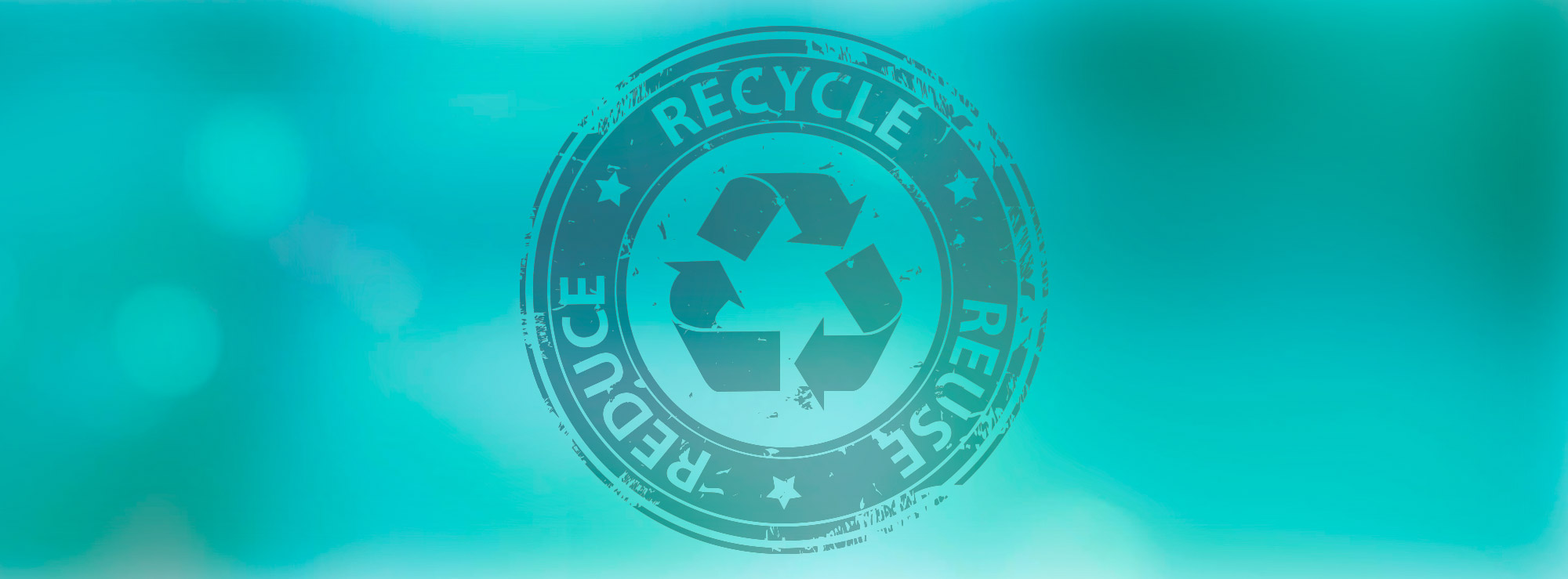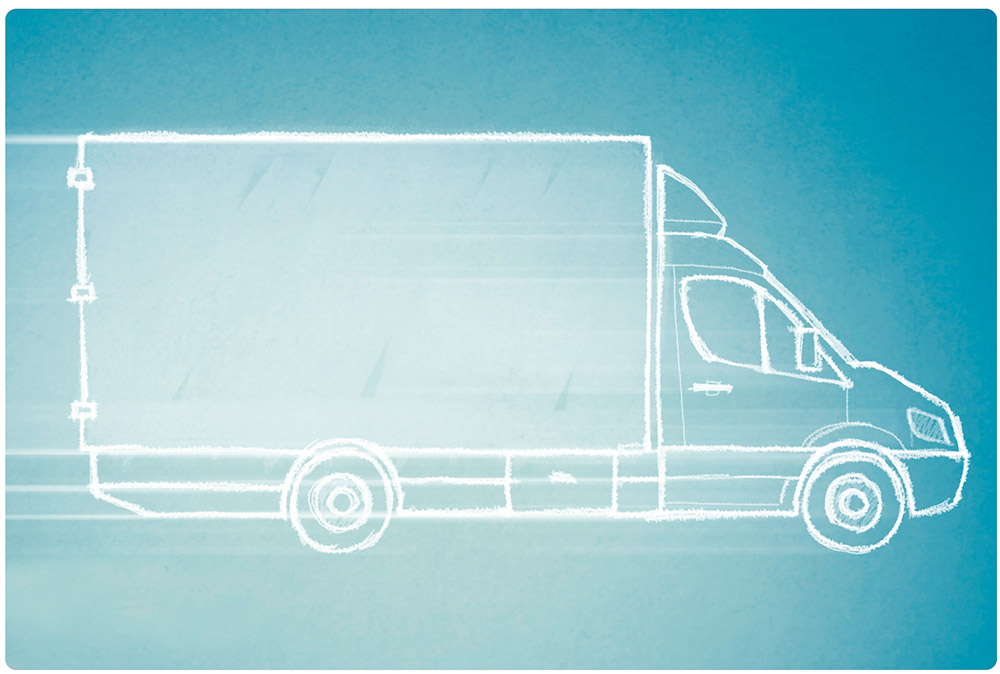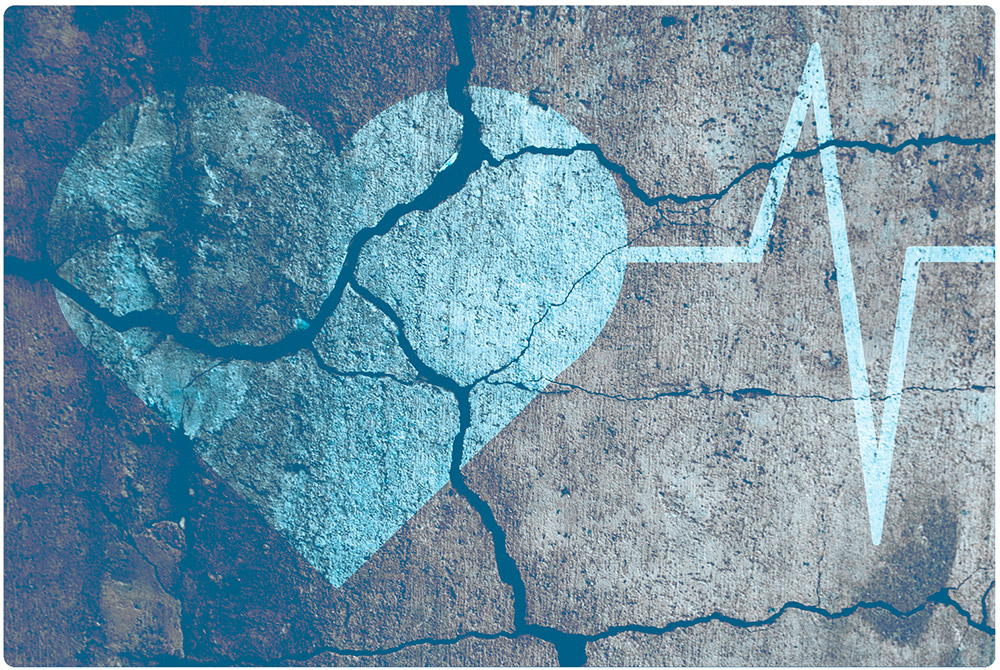
As the latest studies show, the majority of the environmentally harmful emissions within the supply chain, for example in the transport, the manufacture and also the disposal of medical devices*.
Only thinking of disposable items such as gloves, syringes, or pipettes is a mistake. After all, medical technology in particular consumes enormous resources during its production, delivery, and disposal. The longer the life cycles of medical devices, the less impact they have on the environment.
Straight to the basement after the amortisation period - the premature end of high-quality appliances
Medical devices are often removed from the user cycle at an early stage. There are many reasons for this. Whether it’s newer, more modern equipment or the change of chief physician in the clinic, often fully functional equipment ends up in the basement and remains there unused for 20 years before finally being disposed of.
While these devices could still provide good service (elsewhere),
in medical technology, it is normal to have fully functional.
»Even after 40 years a Zeiss microscope is often still better than new devices from the Far East.«
Marcus Triebel

Procurement security through local purchasing
Procurement security through local purchasing As the coronavirus crisis and the Suez Canal blockade in 2021 have shown, global supply chains are quickly disrupted – which also affects medical devices. Electronic components in particular are tied to the global market, whereas we can easily source older components within Germany. Those who buy used medical technology locally are in a safer position and can rely on both quick availability as well as the associated service. As the coronavirus crisis and the Suez Canal blockade in 2021 have shown, global supply chains are quickly disrupted – which also affects medical devices. Electrical components in particular are tied to the global market, whereas we can easily source older components within Germany. Those who buy used medical technology locally are in a safer position and can rely on both fast availability and the associated service.


Quicker availability than with new devices
While the configuration, production, and delivery of new devices often takes many months, our devices are usually ready for dispatch within one to four weeks.
Cost savings for new practices
Anyone setting up a new practice is quickly confronted with high costs. In order to still be able to offer the widest possible range of treatments, a mix of used medical equipment and new equipment is a good way of equipping new practices completely and to a high standard without having to take out large loans.


Durable, reliable quality for vets in the field
Particularly in veterinary medicine, where vets are left to their own devices when out in the field and the treatment situations are more demanding, devices must be resilient and easy to repair. Older medical devices from German brand manufacturers often fulfil these stability requirements better than the more sensitive new devices from the Far East.Reliable use in countries with poor infrastructure:
Older, used devices are often better suited to the requirements of poor infrastructure in crisis areas or developing countries than new devices. This is because they do not require an internet connection (e.g., for remote maintenance via the internet), they do not need regular technician appointments, and thanks to their high manufacturing quality, they can cope more reliably with harsh conditions – such as fluctuations in mains voltage, which modern devices suffer greatly from.

The myth
of safety
Currently, many users still think that the use of used medical technology comes at the expense of safety. A myth that we want to dispel. Used medical devices are subject to strict legal safety regulations that are not circumvented.
They are therefore just as safe as new devices, but often have a higher, more durable quality and a modular design, meaning less effort is required for safe and high-quality maintenance (reliability). For various applications, used medical technology is even much more suitable than sensitive new devices thanks to its greater stability and lower susceptibility to faults.

Why we trade in used medical technology
There are many reasons for this. One is social: We want to help our customers to realise their own potential and make it easier for them to set up a practice. We want every doctor to be able to build something of their own, even if they don't have a wealthy background.
Secondly, we want to help shape our world and make a positive difference: We not only want greater equality, so that all patients worldwide can be treated with sound medical technology, but also to counteract today's throwaway mentality.
Necessary: Paradigm shift towards »Reduce, Reuse, Recycle«
Against the backdrop of globalisation, crisis, and climate change, we have a clear opinion on sustainability in medical technology: The throwaway mentality can no longer continue. That is why we want to contribute to a paradigm shift through our work. It is not necessary that fully functional appliances are simply thrown away for no real good reason. Because they are still able to be useful elsewhere. Particularly in the case of public organisations, which are subject to the principle of economic efficiency, we would like to encourage a rethink.
Climate targets will soon also apply to medical technology
Fortunately, society as a whole is starting to rethink. Many people want to see a different approach to the use of scarce raw materials and energy. Sooner or later, climate change will therefore also become an important issue in medical technology. Those who want to take precautions now are not only committed to sustainability goals, but can also gain a real market advantage.
